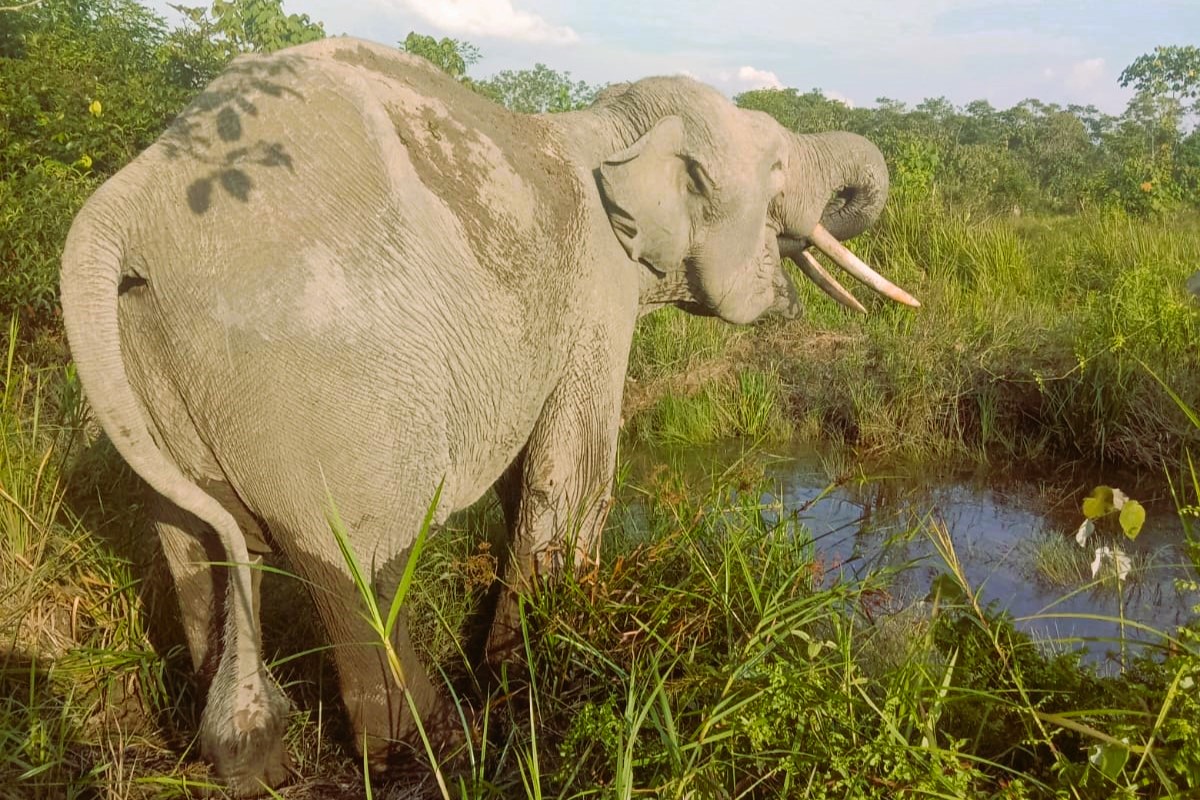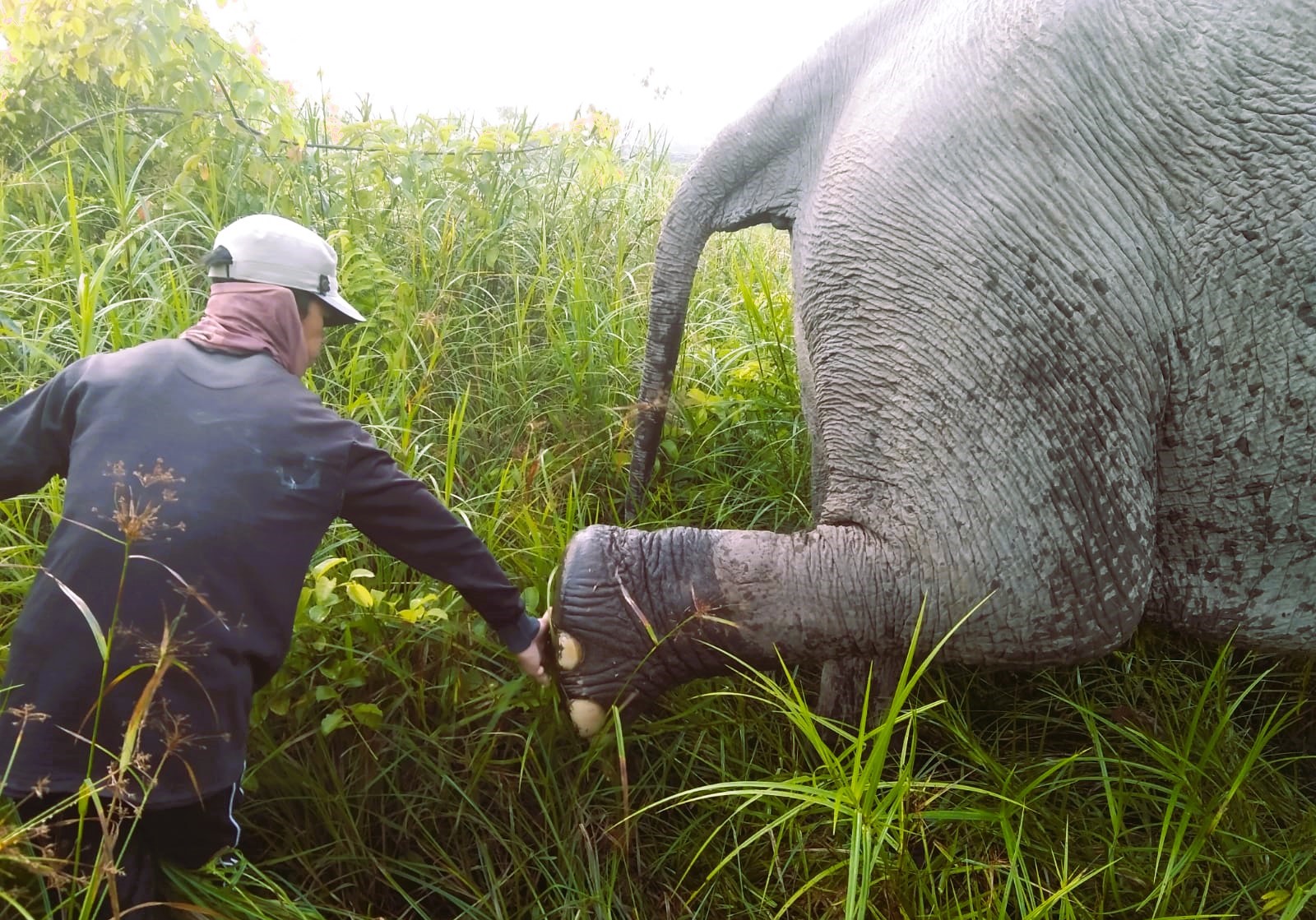In the heart of Sumatra lies the Tesso Nilo National Park, where we’re funding a new elephant protection project: Yayasan Taman Nasional Tesso Nilo (YTNTN). With the largest elephant population in the Riau Province (central Sumatra), this is one of the most important landscapes for elephant protection. There are at least 140 elephants in Tesso Nilo, and with a population of less than 1,500 Sumatran elephants left in the wild, these herds are vital to the survival of the entire species.

This project will improve elephant conservation in the Tesso Nilo landscape through innovative patrol techniques and mitigation of human-elephant conflicts using cutting-edge technology. In order to increase the quality and efficiency of patrols and mitigation efforts, YTNTN is planning to use drones and GPS collars on the elephants. The information from the GPS collars will help the patrol team to respond quickly to prevent human-elephant conflict. It will also provide data on how and where the elephants move, to establish connectivity and co-existence of elephants and humans. Drones will be used to see the elephants’ position during a conflict, and they may even be used to help herd elephants away from conflict with humans, similar to innovative drone work being done in some villages in Africa.

We’ve been funding this team since July 2021 to patrol the ecosystem, which is just under 527,000 hectares (1.3 million acres). For almost a year, the team has patrolled the forest, monitored the presence of elephants, identified the main threats, and carried out mitigation with local communities. As a result of these activities, the Sumatran elephants in the Tesso Nilo are more protected than ever before.
Despite these successes, the elephants who roam the Tesso Nilo landscape are still threatened and there is a long way to go to fully secure these herds in the wild. According to Global Land Analysis Discovery Alert (GLAD), Tesso Nilo National Park lost 700 hectares of forest cover during 2021. The Indonesian government through the national park office has tried to stop the rate of forest clearing, including prohibiting the opening of new oil palm plantations in the national park. However, to ensure the forest remains intact, there is an ongoing need for patrol teams to monitor the forest and identify areas of encroachment and illegal logging.

Above: a ranger checking the foot condition of an elephant
Conflicts between humans and elephants is also an ongoing concern, especially in the battle over land and resources. Despite these challenges, the YTNTN project has a goal of reducing the deaths of Sumatran elephants due to non-natural causes by 100%. This is a big goal, but it’s also achievable with constant vigilance and support from communities. You can help support this project with a donation today.
